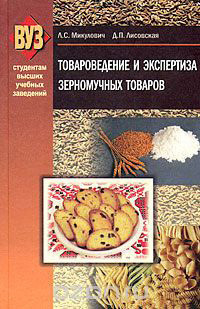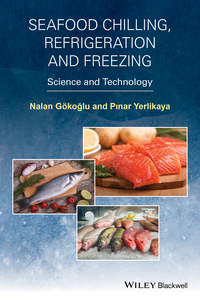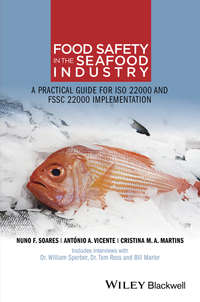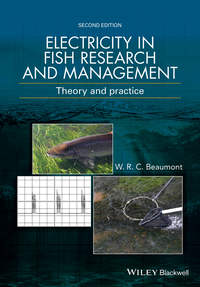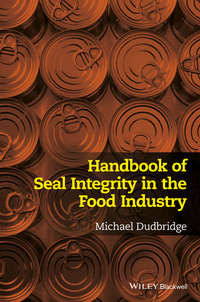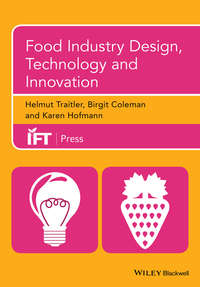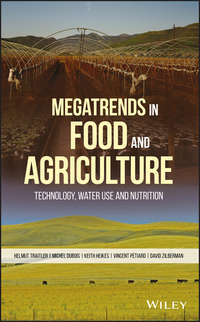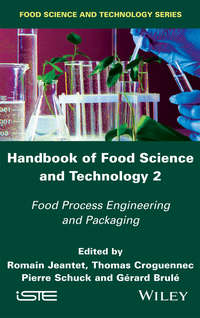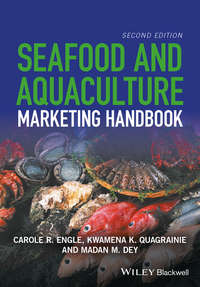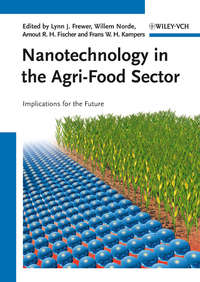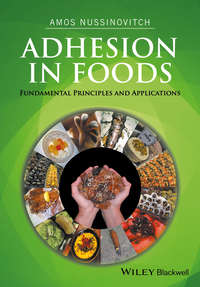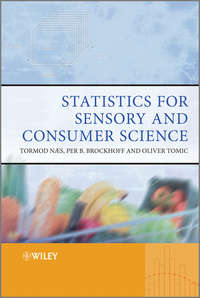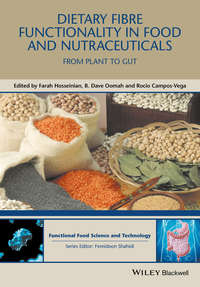Книги жанра мукомольное производство
Хлеб, чего только не содержится в нём, узнайте и удивитесь! Это важно всем знать!
Дается общая характеристика зерномучных товаров: зерна, муки, крупы и пищевых зерномучных концентратов, макаронных, бараночных и сухарных изделий; описывается их химический состав, требования к качеству, безопасности; показываются особенности экспертизы качества, хранения в соответствии с техническими нормативными правовыми актами. Описываются факторы, влияющие на качество продуктов переработки зе…
Fish and seafood are highly perishable, and must be preserved immediately after being caught or harvested. It is very important both to preserving its quality and to ensure that it does not pose any risks to human health upon consumption. Chilling, refrigeration and freezing are the major preservation methods used with seafood and fish products, all three processes aiming to preserve the freshness…
Seafood is one of the most traded commodities worldwide. It is thus imperative that all companies and official control agencies ensure seafood safety and quality throughout the supply chain. Written in an accessible and succinct style, Food Safety in Seafood Industry: A practical guide for ISO 22000 and FSSC 22000 implementation brings together in one volume key information for those wanting to im…
Electricity in Fish Research and Management, 2nd Edition provides a comprehensive discussion of the uses of both electricity and electrical principles in fishery management and research. It covers electric fishing (including theory, equipment, data analysis and practical factors affecting efficiency), fish barriers, fish counters and fish welfare issues. The book concentrates on Electric Fishing (…
Seal integrity is vital in food supply chains with modern methods of food retailing and a requirement for very high levels of consumer satisfaction. Robust packages are an important factor in food preservation, consumer confidence in the product as well as waste minimisation and cost control throughout the system. The Handbook of Seal Integrity in the Food Industry is aimed at people working in fo…
Not since «Sugar Chemistry» by Shallenberger and Birch (1975) has a text clearly presented and applied basic carbohydrate chemistry to the quality attributes and functional properties of foods. Now in Food Carbohydrate Chemistry, author Wrolstad emphasizes the application of carbohydrate chemistry to understanding the chemistry, physical and functional properties of food carbohydrates. Structure a…
Food products have always been designed, but usually not consciously. Even when design has been part of the process, it has often been restricted to considerations of packaging, logos, fonts and colors. But now design is impacting more dramatically on the complex web that makes up our food supply, and beginning to make it better. Ways of thinking about design have broad applications and are becomi…
Highlights and examines the growing convergence between the food and agricultural industries—the technological, environmental, and consumer-related drivers of this change, and the potential outcomes This is the first book of its kind to connect food and the food industry with agriculture, water resources, and water management in a detailed and thorough way. It brings together a small community of …
This book is a source of basic and advanced knowledge in food science for students or professionals in the food science sector, but it is also accessible for people interested in the different aspects concerning raw material stabilisation and transformation in food products. It is an updated and translated version of the book «Science des aliments» published in 2006 by Lavoisier. “Science des alim…
Aquaculture, the farming of aquatic animals and plants, and other seafood businesses continue to grow rapidly around the world. However, many of these businesses fail due to the lack of sufficient attention to marketing. The Seafood and Aquaculture Marketing Handbook provides the reader with a comprehensive, yet user-friendly presentation of key concepts and tools necessary for aquaculture and sea…
Providing an overview of nanotechnology in the context of agriculture and food science, this monograph covers topics such as nano-applications in teh agri-food sector, as well as the social and ethical implications. Following a review of the basics, the book goes on to take an in-depth look at processing and engineering, encapsulation and delivery, packaging, crop protection and disease. It highli…
To the layman, adhesion is a simple matter of how well two different materials stick together, and adhesion measurements provide some indication of the force required to separate them. However, a more detailed look at adhesion shows that it is a very important feature of food throughout its manufacturing, packaging and storage. Chapters are fully devoted to the fascinating topic of adhesion in foo…
As we move further into the 21st Century, sensory and consumer studies continue to develop, playing an important role in food science and industry. These studies are crucial for understanding the relation between food properties on one side and human liking and buying behaviour on the other. This book by a group of established scientists gives a comprehensive, up-to-date overview of the most commo…
Increasing fiber consumption can address, and even reverse the progression of pre-diabetes and other associated non-communicable diseases. Understanding the link between plant dietary fiber and gut health is a small step in reducing the heavy economic burden of metabolic disease risks for public health. This book provides an overview of the occurence, significance and factors affecting dietary fib…

